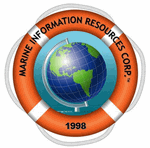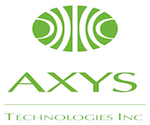Today, ocean waves are observed and modeled using different sensors and numerical methods. Submerged instruments include combinations of current and pressure recorders mounted on fixed frames or on subsurface floats. At the ocean surface, state-of-the-art wave buoys may be used to measure the surface elevation and tilt. On piers and fixed platforms, wavestaffs, radar, and laser altimeters may also be employed. From overhead regions, remote sensing techniques may employ scanning radars, lasers, and scatterometers. Numerical models are also developing to assimilate observations and account for complications arising from waves either entering or being generated in finite depth or shallow waters. Advances are being made in the merging of disparate data that are received from the various types of observations and models. The following papers describe uses of wave information and impacts on surveying and in naval architecture.
| 2015 | ||
| Thursday, January 15th | ||
|---|---|---|
| 1:15 PM |
Dan D. Hayden, Naval Surface Warfare Center, Carderock Division, West Bethesda, MD 1:15 PM - 2:00 PM |
|
| 2:00 PM |
3D Imaging to Identify Scour and Beach Morphology (Extended Abstract) Blair Cunningham, Coda Octopus Products Inc., Lakeland FL 2:00 PM - 2:15 PM |
|
| 2:00 PM |
Chunyan Li, Louisiana State University, Baton Rouge, LA 2:00 PM - 2:15 PM |
|
| 2:15 PM |
Christopher Brown, Marine Information Resources Corporation 2:15 PM - 3:00 PM |
|



